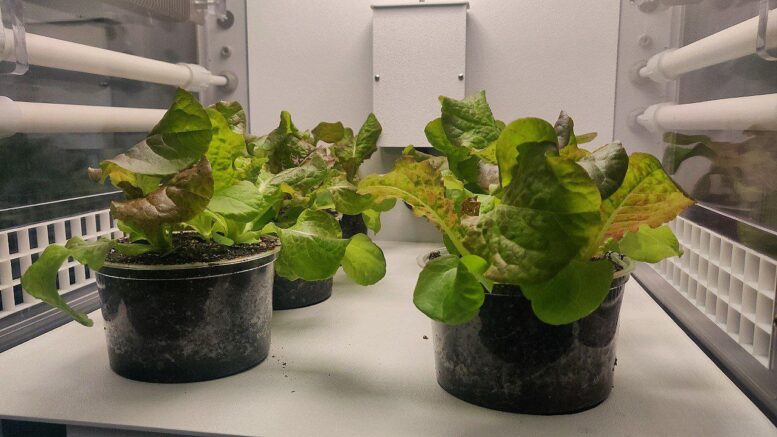It’s that time of year when everyone gets to planning and planting their gardens, and as part of the recent Crew-4 NASA Social; we had an amazing opportunity to learn more about plants and gardening in space from some NASA scientists.
For gardeners on Earth, the typical considerations for planting your garden include things such as soil nutrition, soil hardness, sunshine, weather, temperature, and growing season length. However, for growing food and plants in space, the considerations differ! Things such as CO2 concentration and levels, radiation, and sunlight are carefully controlled on the International Space Station and therefore differ from the weather seen on Earth. The number one challenge of growing food and plants in space has been the lack of gravity. Devices have been developed which help feed water to plants without gravity, and the way roots grow has also been seen to be quite different than on Earth. 3d printing has shown to have some promise as well in helping plants grow in space, from everything such as watering tubes to the actual “soil” the plants grow in In space, plants have to been grown in clay pots, with special lights being used to allow the plants to grow. There is even a current lighting setup being tested which controls the light down to the specificity of each diode. Each diode is only turned on when it is heating or lighting a plant up, which helps make them very efficient. This system is controlled by a computer and could be the future of growing plants in inhospitable environments.
Moreover, just like it is the case with onboard aviation meals, where the travelers senses of taste and smell change, the same goes for space travelers. What has been seen so far is that space travelers start to crave spicy food, which led to New Mexico peppers becoming the first peppers to have been grown in space.
NASA is also currently looking at and researching how to best grow micro greens on the International Space Station because they’re very nutrient dense and require less resources to grow.
This is important because future gardening on the Moon and Mars will have to consider challenges that aren’t so easy to replicate. This can be highlighted with Mars, which has more gravity than the ISS does, which makes it a bit easier to grow plants. However, the Mars regolith has perchlorate which basically kills plants so scientists are going to work on overcoming that in the future. These challenges are being examined by NASA, which will be crucial for how future astronauts live in space and on other celestial bodies.
Make sure to follow us at twitter.com/comospnw and check back with cosmospnw.com for more articles like this on a weekly basis.

Be the first to comment on "Gardens In Space"